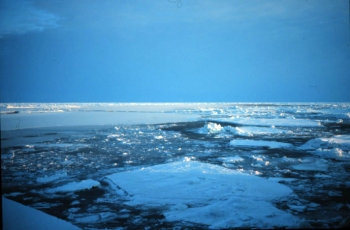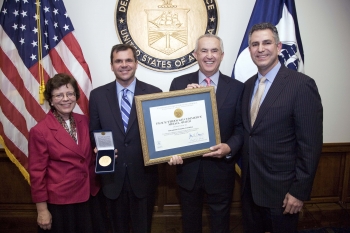President Obama Names Commerce Secretary John Bryson as Co-Chair of White House Office of Manufacturing Policy
President Obama today announced that Secretary John Bryson would join National Economic Council Director Gene Sperling as co-chair of the White House Office of Manufacturing Policy. The Office of Manufacturing Policy is part of the National Economic Council in the White House and works across federal government agencies to coordinate the execution of manufacturing programs and the development of manufacturing policy.
“At this make or break time for the middle class and our economy, we need a strong manufacturing sector that will put Americans back to work making products stamped with three proud words: Made in America,” said President Obama. “I am grateful that Secretary Bryson and Gene Sperling will head up this office to continue our efforts to revitalize this great American industry and fight for American workers and jobs.”
“John Bryson brings to this role decades of business leadership, a passion for manufacturing, and a strong understanding of its importance for jobs and our nation's economic competitiveness. He will play a key leadership role for the president and his economic team on these critical issues,” said Gene Sperling.
“Supporting the manufacturing sector will further our ability to innovate at home and compete around the world while generating more high-wage American jobs,” Secretary Bryson said. “Since day one, President Obama has been focused on supporting the entire United States manufacturing sector but especially small- and medium-sized businesses on the cutting edge of advanced manufacturing. We are introducing an ‘all hands on deck’ approach that coordinates all of our assets - public and private, federal, state, and regional.”
The White House Office of Manufacturing Policy will convene Cabinet-level meetings to aggressively implement the administration’s priority manufacturing initiatives. Release










